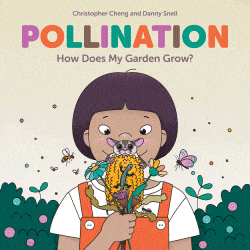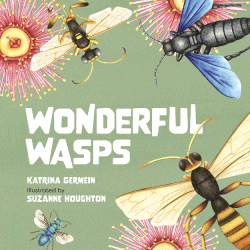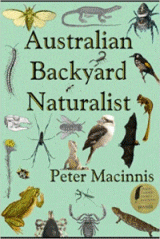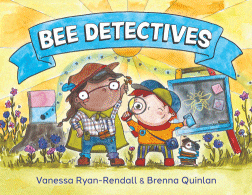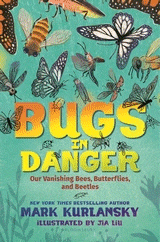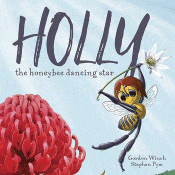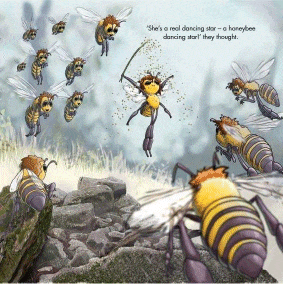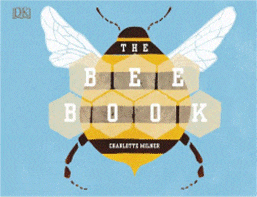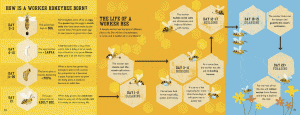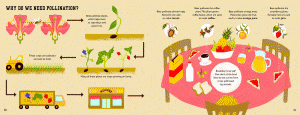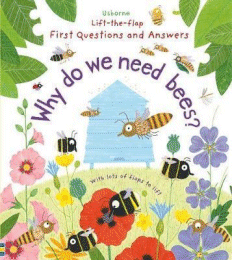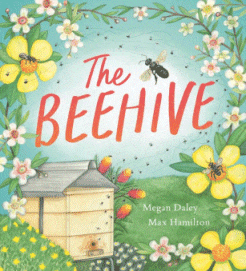
The Beehive
The Beehive
Megan Daley
Max Hamilton
Walker Books, 2024
32pp., hbk., RRP $A26.99
9781760655228
Even though Willow hurries to school every day, today is a very special day. Today was the day that Tom the groundskeeper was going to divide the hive of native bees living in the hollow of an old tree, and Willow was going to be able to take half of it home to begin a new hive…
Part of the brilliant Nature Storybooks collection, and written by Megan Daley, a name familiar to any teacher librarian who has been around for a while, this is a book that is a must-have in any library collection, but particularly those where the protection and conservation of the environment is high on the agenda, and even moreso if the students are developing a bee-friendly garden.
Alongside the story of Willow’s growing interest and excitement, is the informative parallel text introducing young readers to Australia’s native bee species – there are over 2000 of them – not only explaining their habits and habitats but demonstrating just how important they are in the natural scheme of things. While there have been a number of books awakening young readers (and not-so- to the importance and plight of bees, this has a unique local focus that stimulates the imagination into what could be happening in the school playground or the home backyard with some input from an expert – of which there are a growing number. While Willow is lucky to have the help of Tom and her stepdad, both of whom know what they’re doing, it is not hard to find help from experienced keepers, even in the heart of the city. There are apiarists’ associations in every state and territory.
And given Megan’s professional life, and in keeping with others in the series, there is both an index and a glossary included so young readers can begin to learn the cues and clues for navigating non fiction resources so they can find the information they want.
When it comes to narrative non fiction and sparking interest in the world around them, this series is in my top five favourites and this particular addition just adds to their repertoire and reputation.
